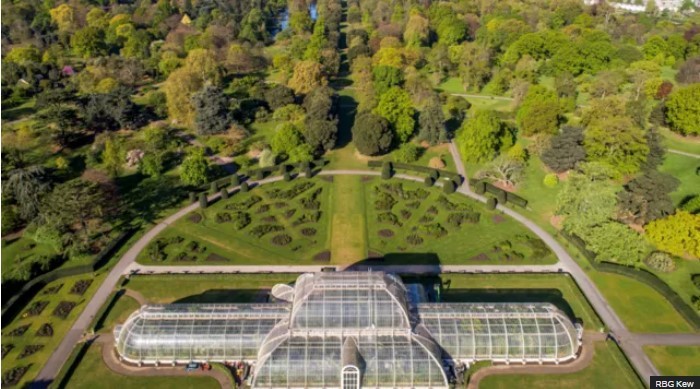
Kew Gardens Braces for Potential Tree Loss Due to Climate Change
Scientists at Kew Gardens warn that more than half of its 11,000 trees, including English oak, beech, silver birch, and holly, could be at risk by the end of the century due to climate change. These trees are vulnerable to rising temperatures and extended dry spells.
To address this, Kew Gardens has begun planting species from warmer regions in southern Europe, Asia, and Central America. This proactive approach means that the iconic west London site "will certainly look different" in the future, according to curator Simon Toomer. In their report, "Planting for the Future," researchers suggest species like Farges' fir, Iberian alder, cherry hackberry, and Montezuma's pine as potential replacements that can withstand projected climate conditions.
Simon Toomer told BBC News that while the gardens will look different in 50-80 years, they will still be recognizable. "There will be some novel species that people currently associate with glasshouses, such as more drought-tolerant palms, but also a sense of familiarity due to the Mediterranean species planted during the Victorian era."
Some native species, such as oak and birch, may remain resilient if seeds are sourced from regions with warmer and drier climates. RBG Kew scientists have already started sourcing seeds from countries like Romania and Serbia.
The report highlights the need for a UK-wide plan to protect urban and park landscapes, citing the loss of over 400 trees at Kew during the 2002 drought, compared to an average annual loss of about 30 trees. Prolonged dry spells, increasingly common due to global warming, necessitate such measures.
Using data from Kew's weather station, climate projections, global tree data, and empirical testing, scientists estimate that 54% of Kew's trees could be vulnerable by 2090. More optimistic models suggest that about a third of the trees might be at risk. However, Kew's "Old Lions" - five of the oldest trees at the site - are expected to thrive under both scenarios.
Richard Barley, a director at RBG Kew, emphasized the "urgent need" for a national succession plan to diversify plant selection for resilience and adaptability. "By focusing on these aspects, we hope to mitigate the severe impacts of climate change in both urban spaces and gardens like Kew," he stated